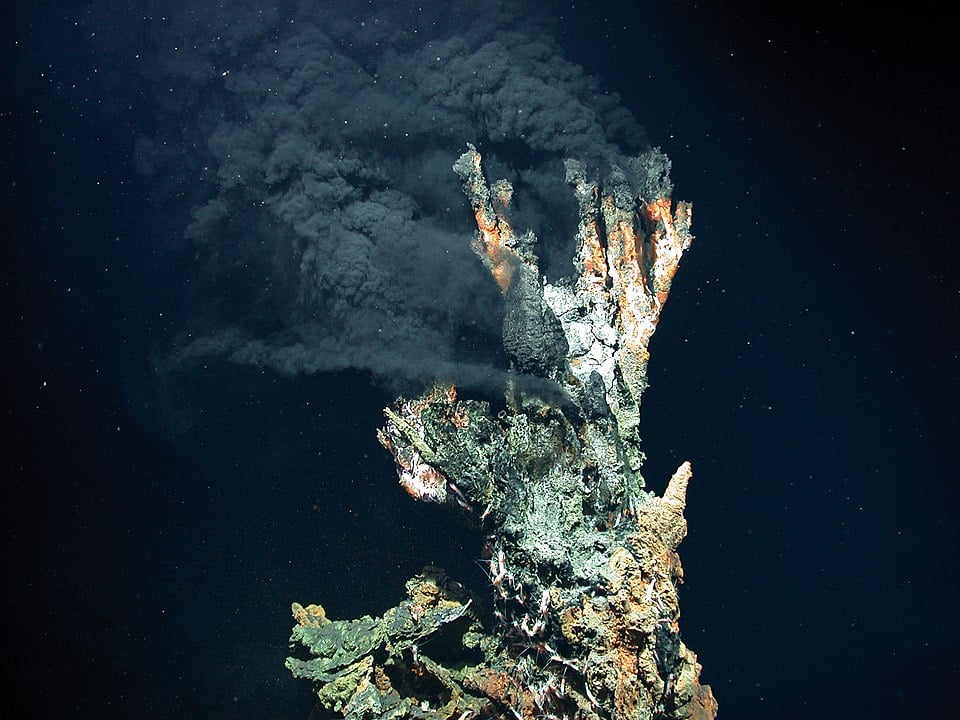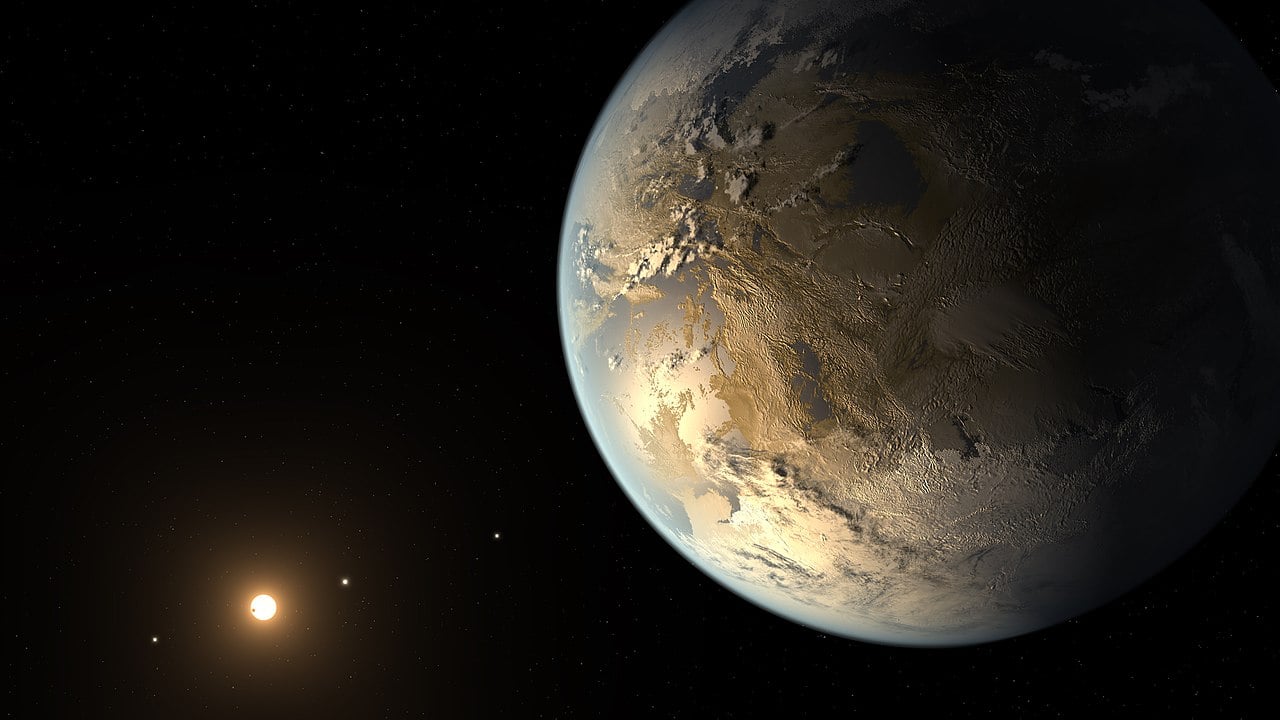The question of how life began has captivated humanity for millennia. Now, a team of scientists are preparing to use NASA’s upcoming Habitable Worlds Observatory (HWO) to test different theories about life’s origins by studying planets beyond our Solar System.
Rather than searching for life in laboratories or on Mars, researchers led by Sukrit Ranjan from the University of Arizona propose using the HWO to examine patterns of life across multiple exoplanets. Their approach is really quite simple: different theories about how life begins make different predictions about where and how often life should appear. They propose that by observing enough planets, the theories can be tested against real data.
 Artist Impression of the Habitable Worlds Observatory (Credit : NASA)
Artist Impression of the Habitable Worlds Observatory (Credit : NASA)
The research categorises origin of life theories into three main groups, each with distinct predictions. Some theories suggest life’s emergence requires so many precise conditions that it’s incredibly unlikely. They predict we might find no other life within about 33 light-years of Earth. For example, some chemical pathways to life require multiple specific environments to interact in just the right way, making successful emergence fo life from non-living matter vanishingly improbable.
Other theories, like the idea that life emerged around alkaline vents, suggest life emerges readily wherever basic conditions exist. This theory proposes that life will necessarily emerge on any planet with liquid water oceans, with alkaline hydrothermal vents and a carbon dioxide rich atmosphere because life naturally resolves the energy imbalances these systems create.
 Thermal vents at the bottom of the mid-Atlantic ridge at a water depth of 3,300 metres where an ecosystem thrives (Credit : MARUM − Zentrum für Marine Umweltwissenschaften, Universität Bremen)
Thermal vents at the bottom of the mid-Atlantic ridge at a water depth of 3,300 metres where an ecosystem thrives (Credit : MARUM − Zentrum für Marine Umweltwissenschaften, Universität Bremen)
Many theories specify particular environmental requirements. The most developed example suggests ultraviolet light is essential for life’s emergence, with optimal conditions requiring specific UV radiation levels.
The HWO’s power lies in its ability to detect the chemical signs of life in planetary atmospheres. Even finding a single biosphere would falsify theories claiming life is ultra rare, while detecting no life on 20 to 50 planets would support the rarity hypothesis.
More nuanced tests become possible with larger samples. Simulated surveys suggest examining at least 50 exoplanets could reveal correlations between past UV irradiation and life’s presence, directly testing theories dependent on UV radiation. Similarly, correlations between biosignatures and planetary features like oceans or continents could validate specific origin scenarios.
 Artist impression of Kepler 186f, a potentially habitable world. (Credit : NASA)
Artist impression of Kepler 186f, a potentially habitable world. (Credit : NASA)
The research emphasises a crucial requirement, large sample sizes of 50 or more characterised planets are needed to provide meaningful data to test the theories. This finding has important implications for the HWO’s design, favouring broader surveys over detailed studies of fewer worlds.
The telescope will need to detect not just biosignatures but also planetary characteristics like the presence of an ocean, continental features, and atmospheric composition. Observations might also be needed to track how the brightness of a planet changes as it orbits the star as we view it from different angles to reveal ocean glint and continent signatures, while spectroscopic measurements would identify key atmospheric gases.
This research represents a great step forward in astrobiology. Rather than simply asking “Is there life out there?” scientists are preparing to ask “How does life begin?” The HWO won’t just catalog living worlds, it will test fundamental theories about life’s emergence that have been debated for centuries.
The implications extend far beyond academic curiosity though. Understanding how life begins could inform our search for habitable worlds, guide future missions, and help us understand our place in the universe.
Source : Testing Origin-of-Life Theories with the Habitable Worlds Observatory


